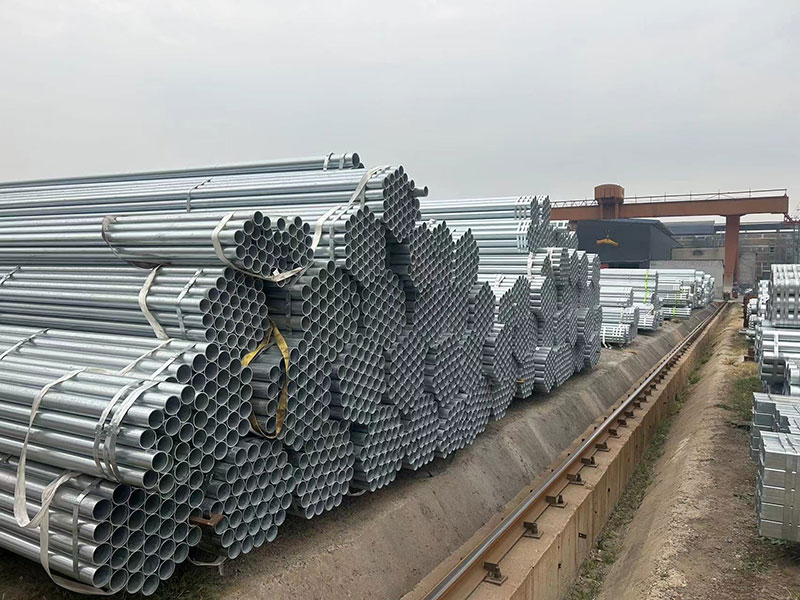
The hot-dipped galvanizing production process involves several steps:
1. Surface Preparation: The material to be galvanized is cleaned to remove any dirt, grease, or other contaminants. This is typically done through a combination of chemical cleaning, pickling, and rinsing.
2. Fluxing: The material is dipped into a flux solution, which helps to remove any remaining oxides and promotes the formation of a clean zinc surface.
3. Galvanizing: The material is then immersed into a bath of molten zinc at a temperature of around 450°C (850°F). The molten zinc reacts with the clean steel surface, forming a series of zinc-iron alloy layers. This process is known as metallurgical bonding.
4. Quenching: After the material is withdrawn from the zinc bath, it is quenched in a tank of water or air to cool it down rapidly. This step helps to solidify the zinc coating.
5. Inspection: The galvanized material is inspected for any defects or imperfections in the coating. This may include visual inspection, thickness measurements, and adhesion testing.
6. Finishing: Any excess zinc or rough edges are removed, and the galvanized material is ready for further processing or shipment.
